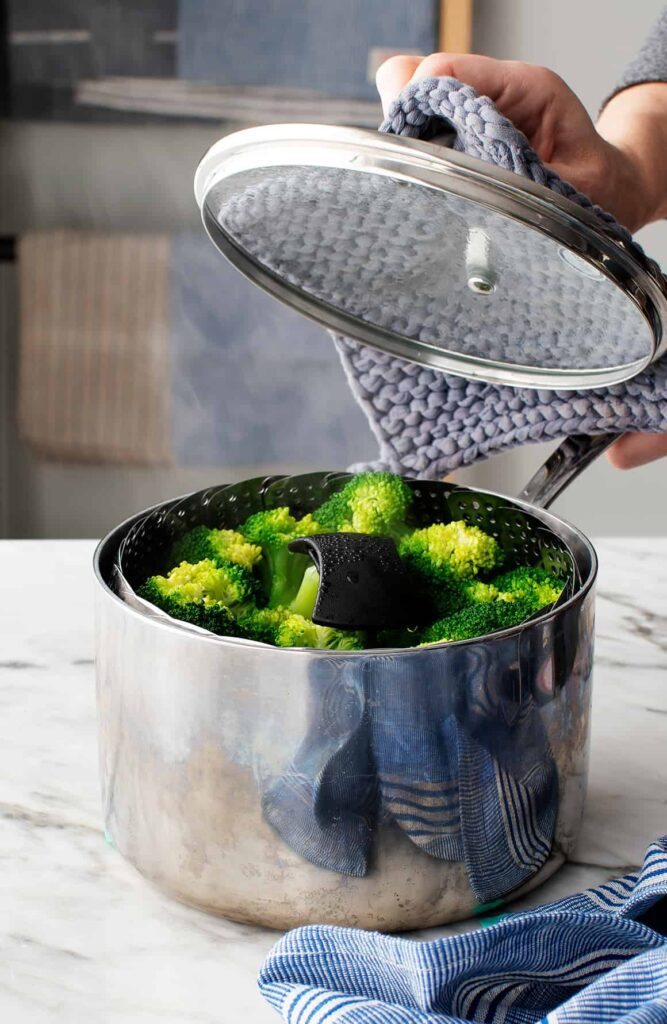Steaming is a healthy and delicious cooking technique that retains nutrients and natural flavors. It requires minimal fats and oils, making it a heart-healthy option. Essential tools for steaming include a steamer basket, pot with a lid, and electric steamer. Beginners should avoid overcrowding the basket, use flavorful liquids, add herbs/spices, and avoid overcooking. Recipes to try include steamed fish with ginger and soy sauce, steamed vegetables with lemon and herbs, and steamed dumplings. By incorporating steaming into your cooking routine, you can create nutrient-rich dishes and impress your loved ones with flavorful meals. Give steaming a try today to enhance your culinary skills.
Steaming Essentials: How to Cook Healthy and Delicious Meals with Steaming Techniques
Introduction
Steaming is a popular cooking technique that involves using hot steam to cook food. Not only is steaming a healthy way to prepare meals, but it also helps retain the natural flavors and nutrients of the ingredients. Whether you’re a seasoned chef or just starting out in the kitchen, incorporating steaming into your cooking routine can lead to delicious and nutritious meals.
Benefits of Steaming
– Preserves nutrients: Steaming helps retain the vitamins and minerals in the food that are often lost in other cooking methods like boiling or frying.
– Healthier cooking option: Steaming requires little to no added fats or oils, making it a low-calorie and heart-healthy cooking method.
– Retains natural flavors: By cooking food gently with steam, you can enhance the natural flavors of the ingredients without masking them with added fats or seasonings.
Essential Tools for Steaming
– Steamer basket: A steamer basket is a must-have tool for steaming food. It sits inside a pot or pan with water at the bottom, allowing the steam to circulate around the food.
– Pot with a lid: Choose a pot or pan with a tight-fitting lid to trap the steam inside while cooking.
– Electric steamer: If you prefer a more hands-off approach, an electric steamer is a convenient option that allows you to set the cooking time and walk away.
Tips and Tricks for Beginners
– Don’t overcrowd the steamer basket: Leave enough space between the ingredients to allow the steam to circulate evenly.
– Use flavorful liquids: Enhance the taste of your steamed dishes by using broth, wine, or citrus juice in the steaming liquid.
– Add herbs and spices: Boost the flavor of your steamed meals by seasoning the ingredients with herbs, spices, and aromatic vegetables before cooking.
– Don’t overcook: Keep an eye on the cooking time to avoid overcooking the ingredients, which can result in a mushy texture.
Recipes to Try
– Steamed fish with ginger and soy sauce: Place fish fillets in a steamer basket, top with sliced ginger and green onions, and steam until cooked through. Drizzle with soy sauce before serving.
– Steamed vegetables with lemon and herbs: Steam a mix of your favorite vegetables, such as broccoli, carrots, and snap peas, and toss with lemon zest, parsley, and a drizzle of olive oil.
– Steamed dumplings: Fill dumpling wrappers with your favorite meat or vegetable fillings, place in a steamer basket, and steam until cooked. Serve with soy sauce for dipping.
Conclusion
Steaming is a versatile cooking technique that can help you create healthy and delicious meals with ease. By following these tips and trying out some simple recipes, you can master the art of steaming and impress your family and friends with flavorful and nutrient-rich dishes. So why not give steaming a try and elevate your culinary skills today?
